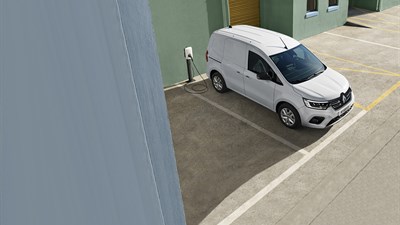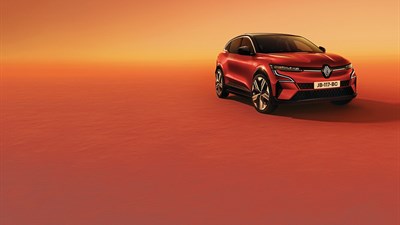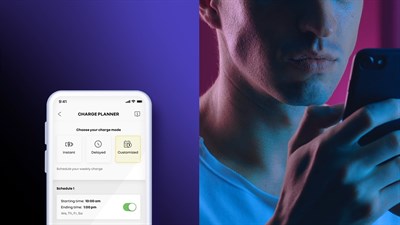DRIVE ELECTRIC WITH RENAULT
Control your electric vehicle’s driving range
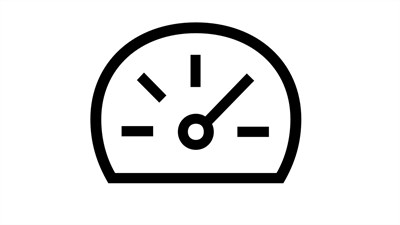
SPEED
The faster you drive, the more energy you need to maintain your speed.
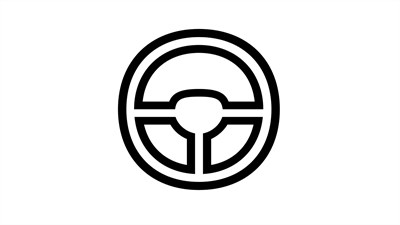
DRIVING STYLE
Avoid heavy acceleration and make use of regenerative braking to optimise your driving range.

TOPOGRAPHY
Energy consumption increases when driving uphill, however, energy is recovered when driving downhill.
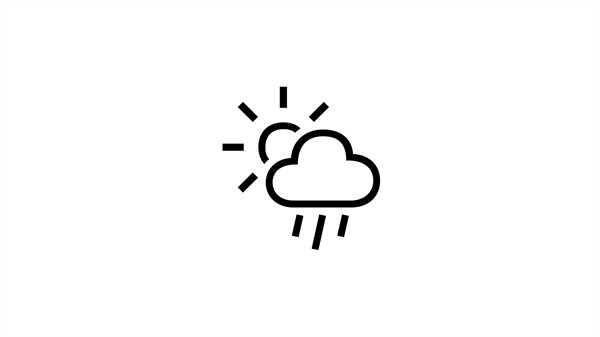
WEATHER CONDITIONS
Temperature, wind and rain all affect energy consumption, with drivers typically experiencing reduced driving range in the winter.
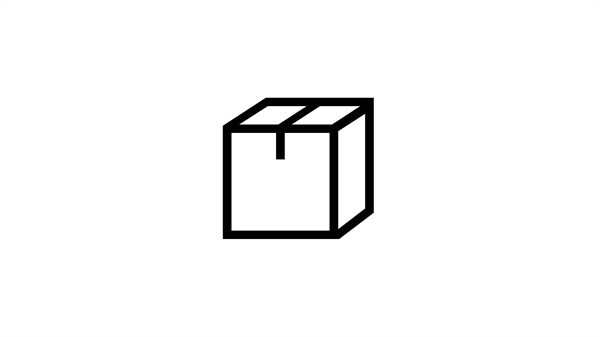
LOAD WEIGHT
Just like all cars, the driving range is reduced when more weight is added to the vehicle.
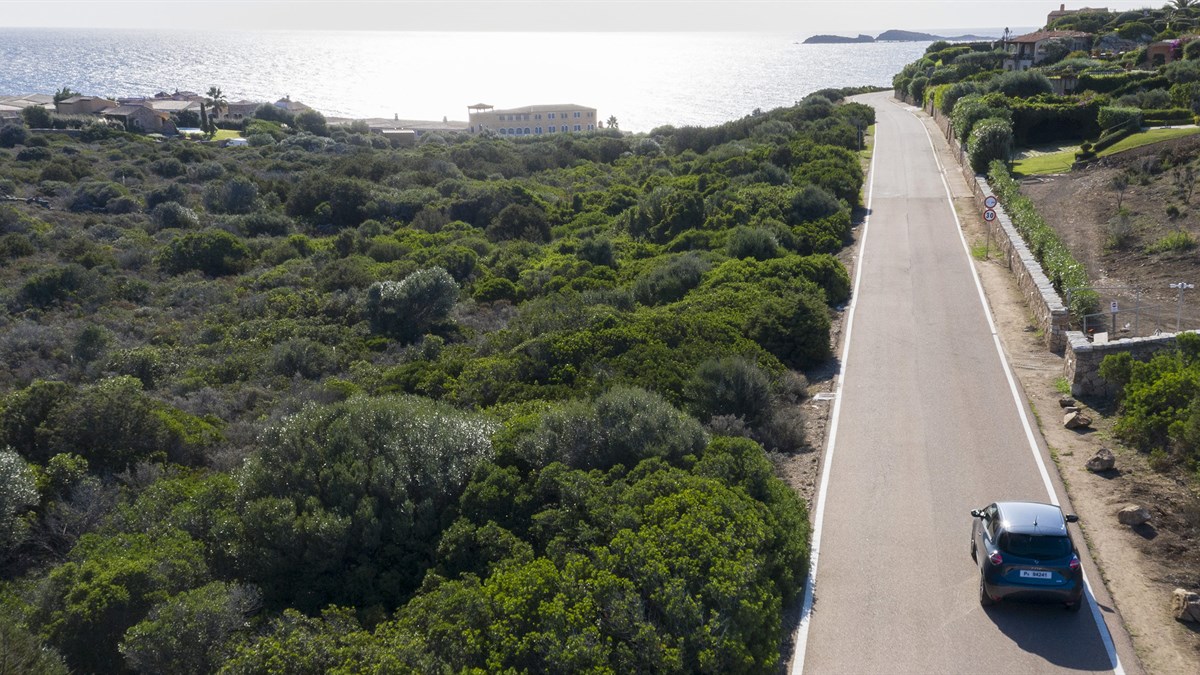
Full purchase of your vehicle with battery
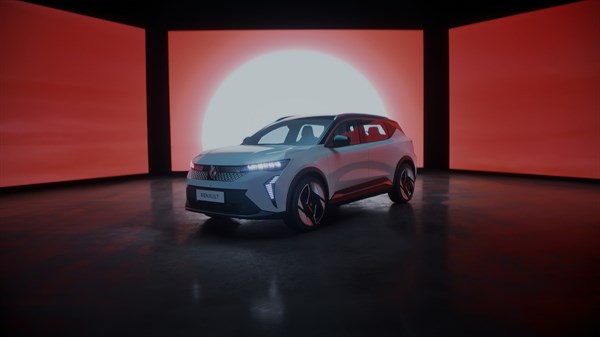
You have the option of purchasing the vehicle with its battery. Available on all models in the E-Tech electric range!
- No monthly rental payment for the battery
- No mileage restrictions
- Battery guaranteed up to 8 years or 160,000 km, with a performance guarantee of at least 66% for the battery
- A tailored offer for business customers
Your frequently asked questions about E-Tech technology
DRIVING RANGE
CHARGING
CONNECTED SERVICES
